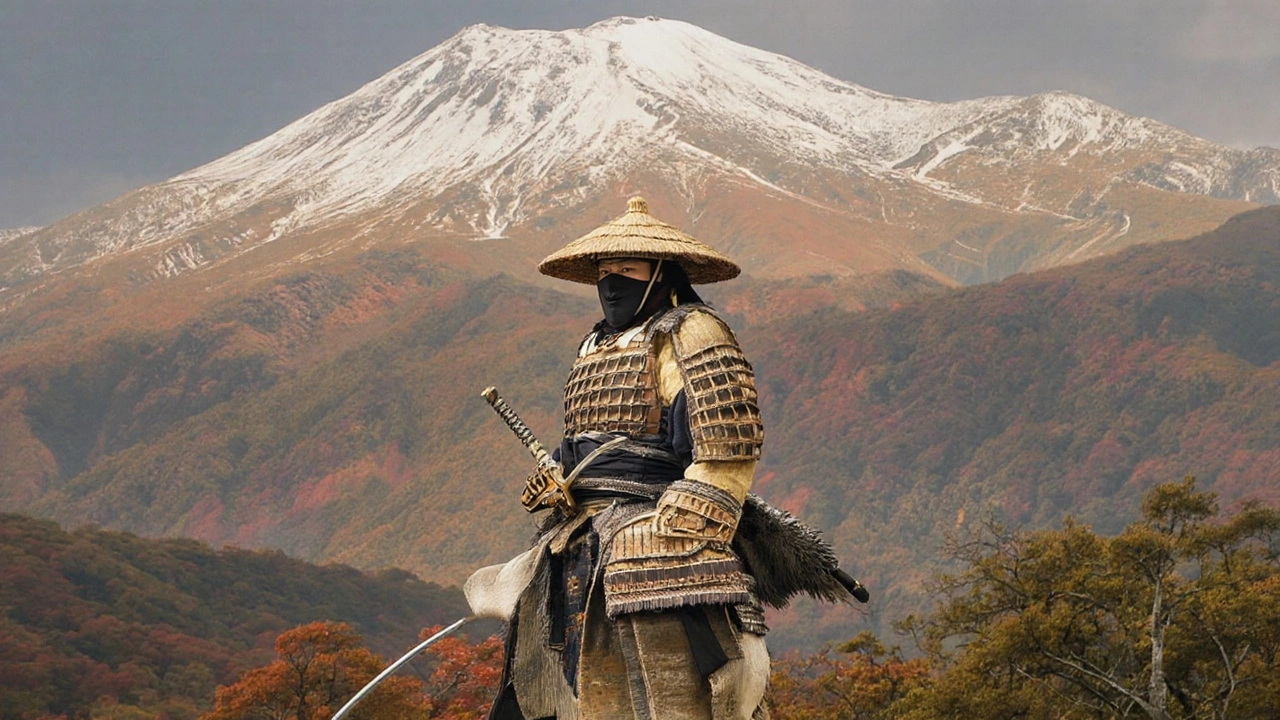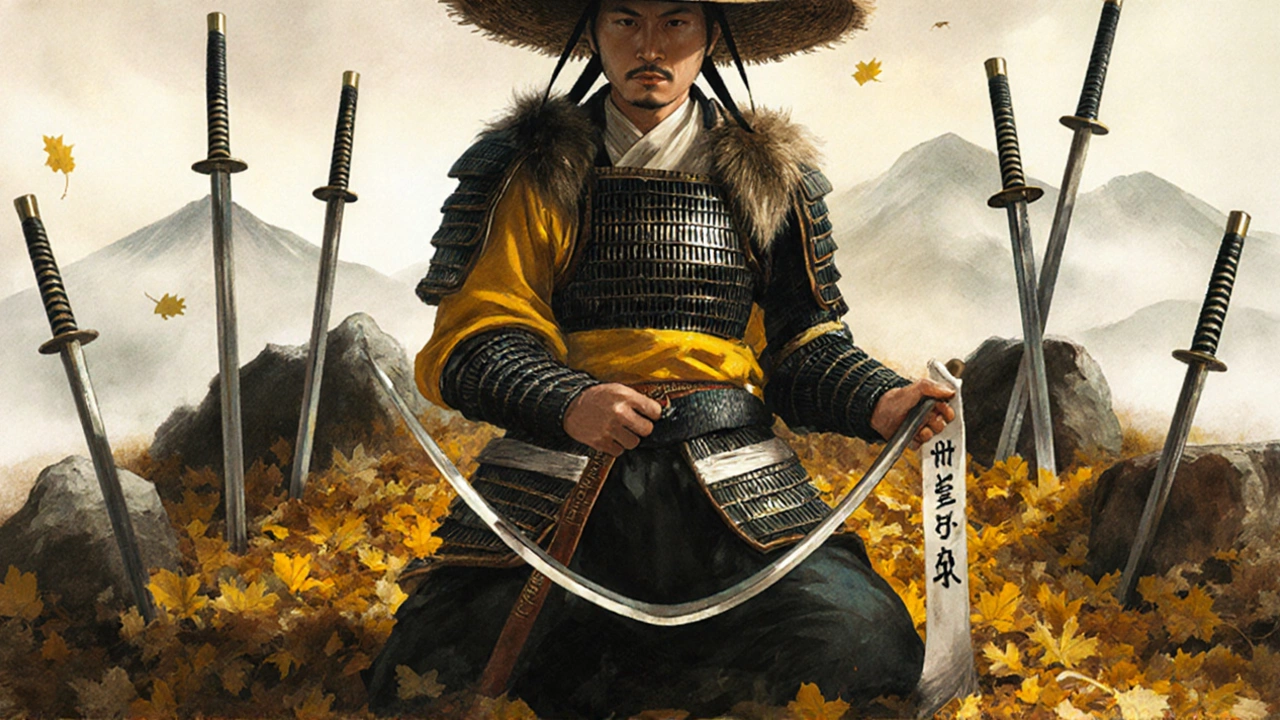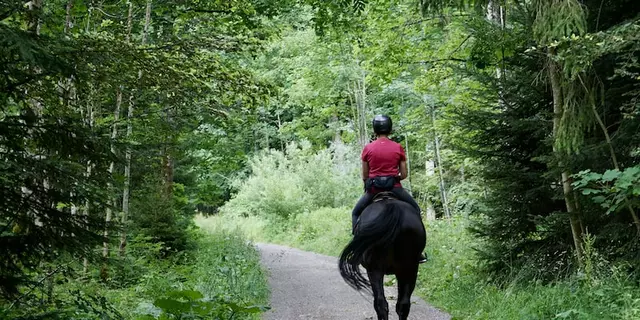When the original Ghost of Tsushima hit the shelves, it set a high bar for open‑world samurai games. Ghost of Yōtei steps into that arena with a new hero, a fresh region, and a toolbox that feels both familiar and daringly different. I spent dozens of hours roaming the Yotei province, and the experience boiled down to three things: breath‑taking scenery, combat that feels like a deadly dance, and a revenge story that keeps you hooked even when the plot slows.
Gameplay and Exploration Overhaul
The first thing that jumps out is how the world looks. Designers didn’t just slap a new texture pack on the old engine; they rebuilt every biome from the ground up. In the south, cherry blossoms erupt in pink clouds that sway with the wind, while a gentle rain creates ripples on every puddle you walk through. Flip the map north and you’re greeted by towering pines capped in snow, icy lakes that mirror the moon, and cliffs that crash into frothy waves. Even the smallest details—like insects buzzing around lanterns at night—feel intentional.
Exploration got a serious rethink. Gone are the bright exclamation marks that scream “go here now.” Instead, the game uses a minimalist card system that pops up only when you look at something worth noting. Point your spyglass at a distant shrine, tap the card, and a subtle marker appears on the map. This “see‑mark‑go” loop feels natural, and it encourages you to wander off the beaten path without feeling lost.
Combat is where Ghost of Yōtei really shines. Atsu, the new protagonist, can wield five distinct melee weapons—each with its own rhythm and combo potential. I’ve listed the core arsenal below to give a quick snapshot:
- Katana: Fast, precise strikes perfect for quick parries.
- Naginata: Long reach, great for keeping multiple foes at bay.
- Twin Blades: Rapid slashes, ideal for aggressive combos.
- War Hammer: Slow but brutal, crushes shields in a single hit.
- Kasuri Gama (sickle): Silent, perfect for stealth assassinations.
The fight system lets you flow from a shield block into a sword slash, swap weapons mid‑combo, then dodge a counter‑attack—all without hitting a pause button. Stealth isn’t an afterthought either; you can string together silent takedowns, draw enemies into traps, or use the environment to your advantage. I found myself switching between open combat and sneaky approaches depending on the enemy layout, which kept each encounter fresh.

Storytelling and Technical Polish
Atsu’s revenge tale is the emotional core of the game. His brother was slain by a rogue clan, and the ghost mask he wears is both a symbol of vengeance and a reminder of what he’s lost. The narrative leans into themes of identity and honor, asking players whether a mask can ever truly hide who you are. While the story mirrors some beats from its predecessor—honor, duty, a looming invader—it does so through Atsu’s distinct personality, making the arc feel original rather than a rehash.
The world‑building goes beyond eye candy. NPCs have routines, fishermen repair nets at dusk, and monks chant in remote temples. Side quests aren’t just fetch missions; they often tie into local legends or moral dilemmas that force you to choose between personal gain and community welfare. Hunting legendary beasts, clearing bandit strongholds, or solving riddles embedded in ancient folklore all feel meaningful because the game respects your time—there’s no filler “run‑around” just to pad the playtime.
Technical upgrades are noticeable. The lighting engine now tracks humidity, so you can see your breath on a cold morning or notice how a storm darkens the horizon in real‑time. Music composer Hiroshi Tanaka introduced new instrumentals that blend traditional shamisen melodies with modern orchestration, amplifying tension during boss fights and serenity while you stroll through rice paddies. Performance is steady at 60 FPS on next‑gen consoles, and load times have dropped dramatically thanks to an upgraded SSD pipeline.
Even with all these strengths, the game isn’t flawless. Certain story beats drag—especially the middle act where Atsu’s inner conflict is explored through lengthy dialogues that feel more like exposition than genuine conversation. A few side missions also repeat similar objectives, which can make the pacing feel uneven after long play sessions. Still, these hiccups are small compared to the overall experience.
In short, Ghost of Yōtei delivers a world that invites you to lose yourself, combat that rewards skill and creativity, and a story that adds a fresh voice to the samurai mythos. Whether you’re a fan of the first game or a newcomer looking for a deep, atmospheric adventure, this sequel proves that sequels can expand on legacy without losing the soul that made the original special.




Write a comment